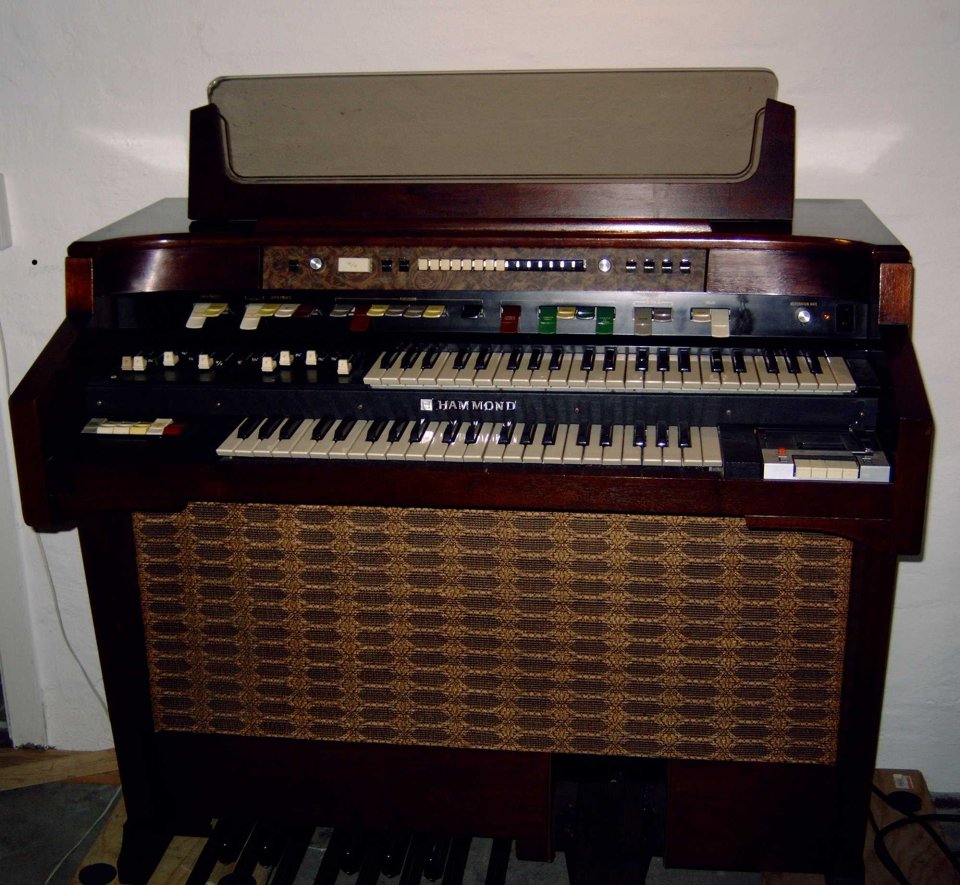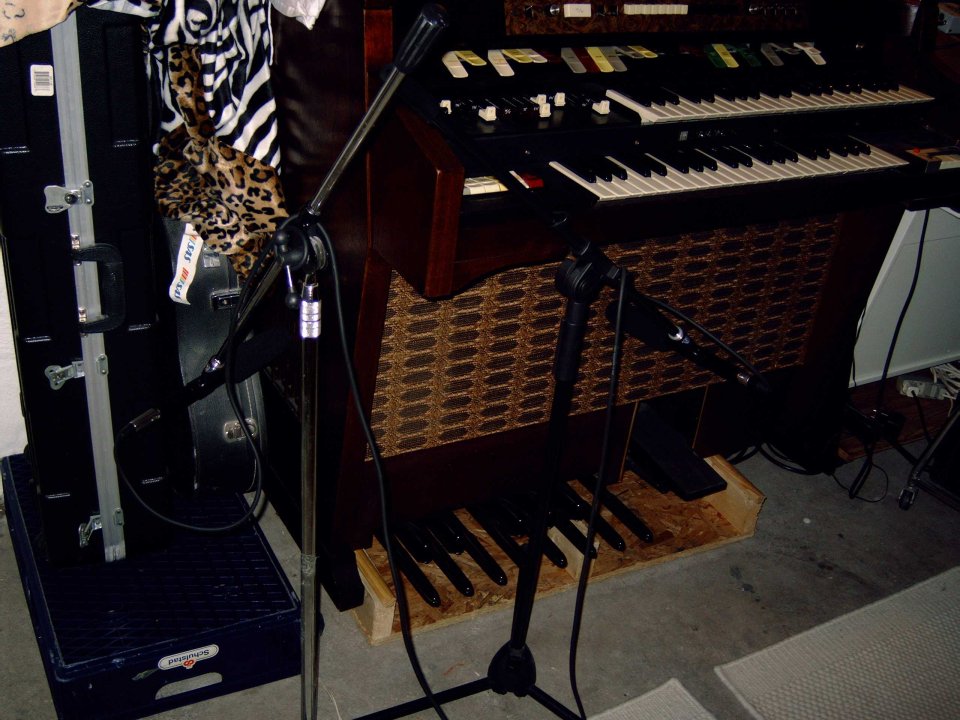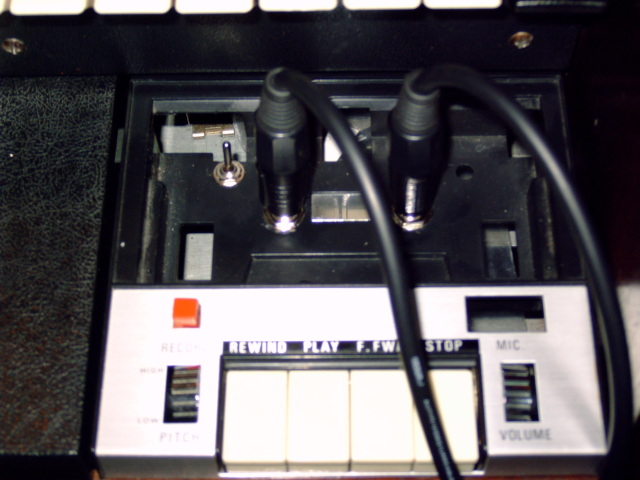| InFocus | Example of vibrato on lower manual only |
| JimmyST500 | Jazzy setting |
| KarnEvil | Brilliance and vibrato on upper manual only |
| KillerTone | Clean organ sound in Hugh Banton of Van der Graaf style |
| Kindness | Another clean organ sound in Kerry Minnear of Gentle Giant style |
| LeslieSpin | The sound of the internal Leslie at fast and slow speed |
| LetItTonewheel | The mighty sound of the mechanical scanner vibrato, set to the notes of a famous anthem. |
| Percussive | Different settings of the modified percussion section. |
| Reiterate | Example of the percussion reiterate setting. |
| SpittingImage | Hammond chops and key click highlighted. |
| ToneEdit | Organ played while tone is being modified. |
| ValentyneSplit | Clean lower manual and upper with chorus. |
| ValentyneSplitBrilliance | Same as above but with brilliance. |
| DrawbarPull | Pulling different drawbars through the overdrive to show the effect of each drawbar on the sound. Hmmm, I think I need to clean those drawbars! |
| NiceAndBig | Overdrive with a low gain setting gives more subtle results. |
| OffOn | Starts without overdrive and then adds overdrive. Notice how transparent the Vox appears to be. |
| RoughStart | Starts with medium overdrive gain and then lowers gain. Notice how the key click gets accentuated. |
| RockOrgan | Only medium gain used, but a drawbar setting with 8' on max makes the overdrive kick. Lower manual used for left hand, and the left hand key click also gets accentuated. Overdrive is switched off and on for comparison. |
| Echoes | Gain fairly high and 16' and 8' drawbar, combined with lower manual. |
| Key click sample 1 | First a little figure played without the compressor, then a similar figure with the compressor. Both have the (modified) percussion tab on. |
| Key click sample 2 | Running up and down the keyboard with a finger twice without the compressor, then twice again with the compressor. |
| Plain chords | played with the compressor on. There is no percussion applied here. |
| Key click sample 4 | Now going to the extreme, with a compressor setting that virtually isolates the attack. This just goes to show how much you can actually enhance the key click. |
| Key click sample 5 | 808000003, playing With a Little Help From My Friends with the compressor on. |
| Key click sample 6 | Some more noodling with a rock setting, persussion and the compressor on my favourite setting. |




